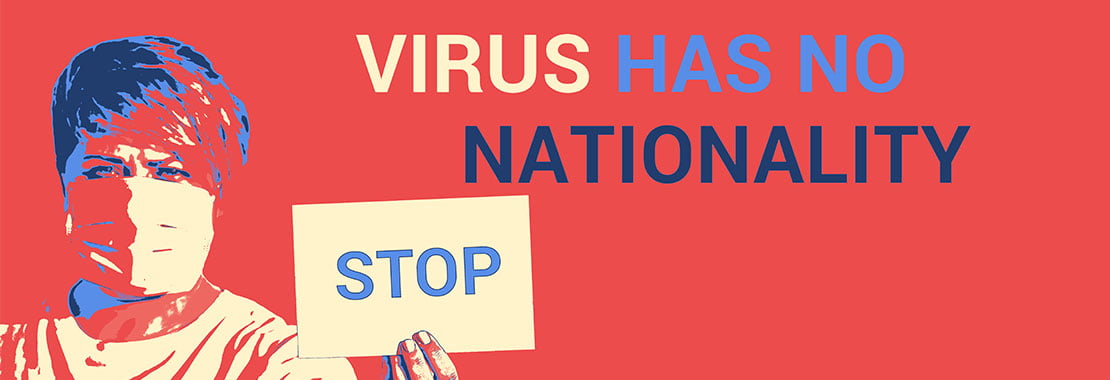Janet Mizrahi is a continuing lecturer of professional writing at the University of California, Santa Barbara. She is also an author at BizCommBuzz.
As if COVID-19 weren’t ugly enough, we are now seeing another offshoot of the pandemic’s effect: xenophobia.
Before so many campuses shut down, students and instructors were understandably edgy about every cough they heard. News that the virus originated in Wuhan, China only exacerbated the potential for playing the blame game. With nearly 37% of all international students in the U.S. coming from China, xenophobic responses began. They focused not just on Chinese students, most of whom hadn’t been back to China since the pandemic began, but other Asian populations, too. When a student at Arizona State University came down with the virus, the president of the school’s Asian/Asian Pacific American Students’ Coalition said he feared that the current rhetoric was fueling xenophobia.
Around the country, campus leadership has responded. At Columbia, Vice President for Student Affairs Joseph Greenwell wrote to all students admonishing them to use words carefully and to report incidences that violate the school’s non-discrimination policy. My own campus system, the University of California, released a policy statement in response to the novel virus. It begins with this statement: Reject racism, sexism, xenophobia and all hateful or intolerant speech, both in person and online. Be an “up-stander,” and discourage others from engaging in such behavior. The American College Health Association, an organization that has promoted health and wellness on college campuses since 1927, recently created a 10-page guideline to help colleges prepare for the virus, including how to respond to xenophobia, stating “fear and anxiety can lead to social stigma…when people associate a specific illness with a population or nationality” but that “this virus knows no geopolitical boundaries.”
Scapegoating is nothing new. In fact, the term arises from the Bible and acts of scapegoating appear throughout history. But our campus communities and our classrooms, whether virtual or in person, should play no part in perpetuating the prejudice that has hit our Chinese and Asian students. And while we have learned this virus is spreading like nothing we have ever seen, we have seen xenophobia, and we know what that looks like. It is ugly. It is ignorant. And we as college instructors can help stop it.
My colleagues, we are faced with the perfect teachable moment. We can show our young, impressionable college students that xenophobia spreads just as fast as COVID-19 and is just as virulent. We can show them by example that discriminating and shunning and blaming are not the way to react. How?
Science is part of the answer, whether you teach literature or law. We can explain to our students how scientists have tracked the virus, how they use the scientific method to come up with treatments and vaccines, and how scientists across the globe work together to understand the mechanism of the disease and how to fight it. I recently watched a video in which local doctors had used data sent by cooperating officials in China that has helped our response to the virus. It was inspirational.
Heeding history is another way to combat xenophobia. There are sadly many examples that illustrate how scapegoating arises and mayhem results, from the Salem witch trials to Sacco and Vanzetti being unjustly convicted of murder. We can use these lessons from the past to illustrate that mass hysteria and the blame game are results of humanity’s less attractive side.
Stopping the spread of vicious and unproductive hatemongering, at least among college students, is in our hands. Let’s show our students the best side of being human: showing empathy and cooperation. Oh, and remind them to wash their hands a lot.
For a list of resources to help you manage the impact of COVID-19 on your college campus, explore our new blog post.

